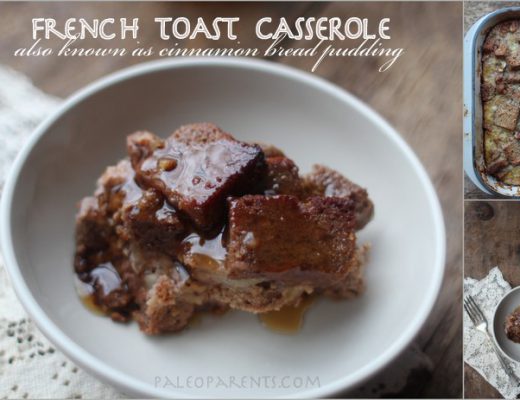UPDATE: We now follow the method found here for rendering.
A few weeks back we visited Mt. Vernon Farms and, among the other goodies we got, picked up some grass-fed beef suet. Suet is essentially pure fat that is sometimes used in its natural form, but is usually used to render into tallow. We love to use tallow and lard in our cooking and making your own tallow from suet is incredibly affordable and easy. So easy, in fact, that we just winged it without instructions and somehow came out with a fantastic final product!
For those nutrition heads, tallow is a cooking fat that is 50% saturated fat, 42% monounsaturated fat and 95% fat overall. For those who believe, as we do, that fat ought to be the major macronutrient component of your diet, grass-fed tallow is pure gold. Stacy wrote more on that topic in the epic gallbladder post.
By the way, if you’re curious about why we’re talking positively about saturated fat, long the bogeyman blamed for heart disease, there are many places (like here, here and here) that explain this reversal better than we can. Essentially, the lipid hypothesis does not hold up to scientific scrutiny and the whole demonization of fats is based on a misunderstanding.
Oh you want the instructions, eh? Well, here’s how you do it.
First off, a word of warning. YOUR HOUSE WILL SMELL LIKE A RENDERING PLANT FOR 24 HOURS IF YOU DO THIS INSIDE! In hindsight, grabbing an extension cord and doing this on our deck during the day would have been a far better idea than doing it indoors overnight. I, personally, can’t even stand the smell of bacon lingering in my house (obviously, the taste well makes up for this problem), so this was torture! Perhaps now that spring is approaching, find a safe surface near a window?
What you will need:
Beef suet
Slow cooker
That’s it! You could, of course, do this in a pot over low heat on the stove top, but I don’t like having the gas on for that long.
How to do it:
Step 1: Cut you suet into smaller pieces to fit in the pot
♥ Step 2: Remove any membrane (“silver skin”) from the suet
♥ Step 3: Put the suet in the slow cooker and set it for low, 10 hours
♥ Step 4: When done, strain out the leftover pieces
♥ Step 5: Pour the golden fat into storage containers
♥ Step 6: Place in the fridge to solidify
Step 7: Impress your friends, make your enemies jealous
That’s it! Now use your tallow to saute or roast your veggies or fry your eggs, or where ever else you need cooking oil! We plan to deep fry some veggies in it to make our own “chips” – yum!
For the record, we used 6lbs of grass-fed suet and it produced over 2 pints of tallow. I bet the leftover cooked pieces would make an excellent dog treat!
Interesting Factoids:
You know those cakes of bird seed you can get to attract birds to your yard? The cake part is made of suet!
Ever watch the Iditarod dogsled race? Ever wonder how they feed those dogs that work so hard for so long? Due to the extreme calorie burn off in those animals, they often fed them suet because it is so energy packed.
Do you remember the soapmaking in Fight Club? Well, they were essentially using the *ahem* medical waste in the same way you’re using the suet. First step in making soap is you do not talk abo… I mean, render tallow out of animal fat!
What about candles? It is likely that some of the first candles were made out of tallow and they were used well into the 19th century until paraffin became readily available.
And did you know about the waterproofing capabilities of animal fat? Our paleolithic ancestors may have rubbed their furs with suet to make them waterproof!
Although this particular “recipe” isn’t grandiose and fun – it is 100% kid friendly ♥. The boys loved helping us funnel the fat into jars. Plus, I bet sharing those factoids will excite your kids and they’ll be happy to fetch your tallow for you during the next meal making routine!





